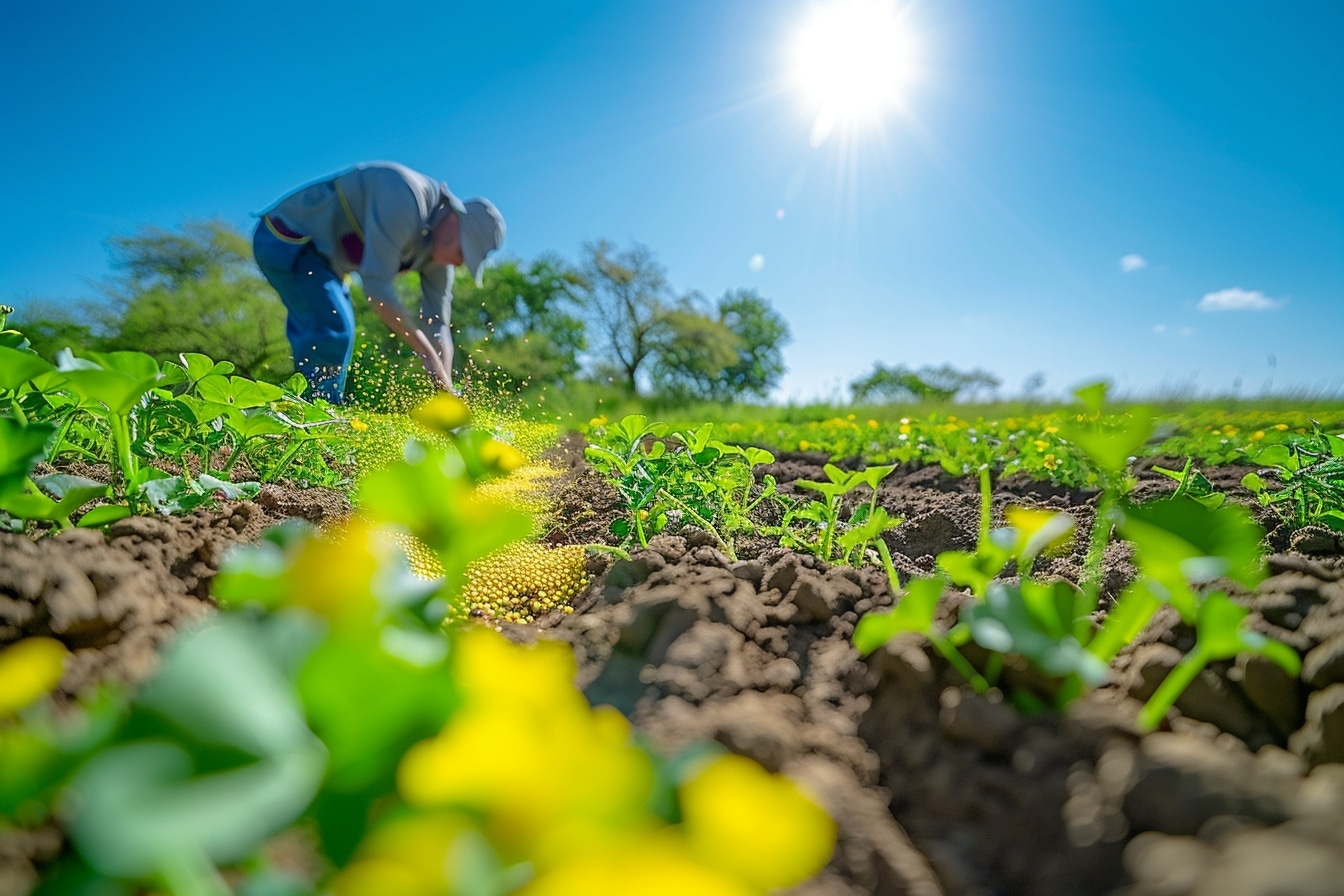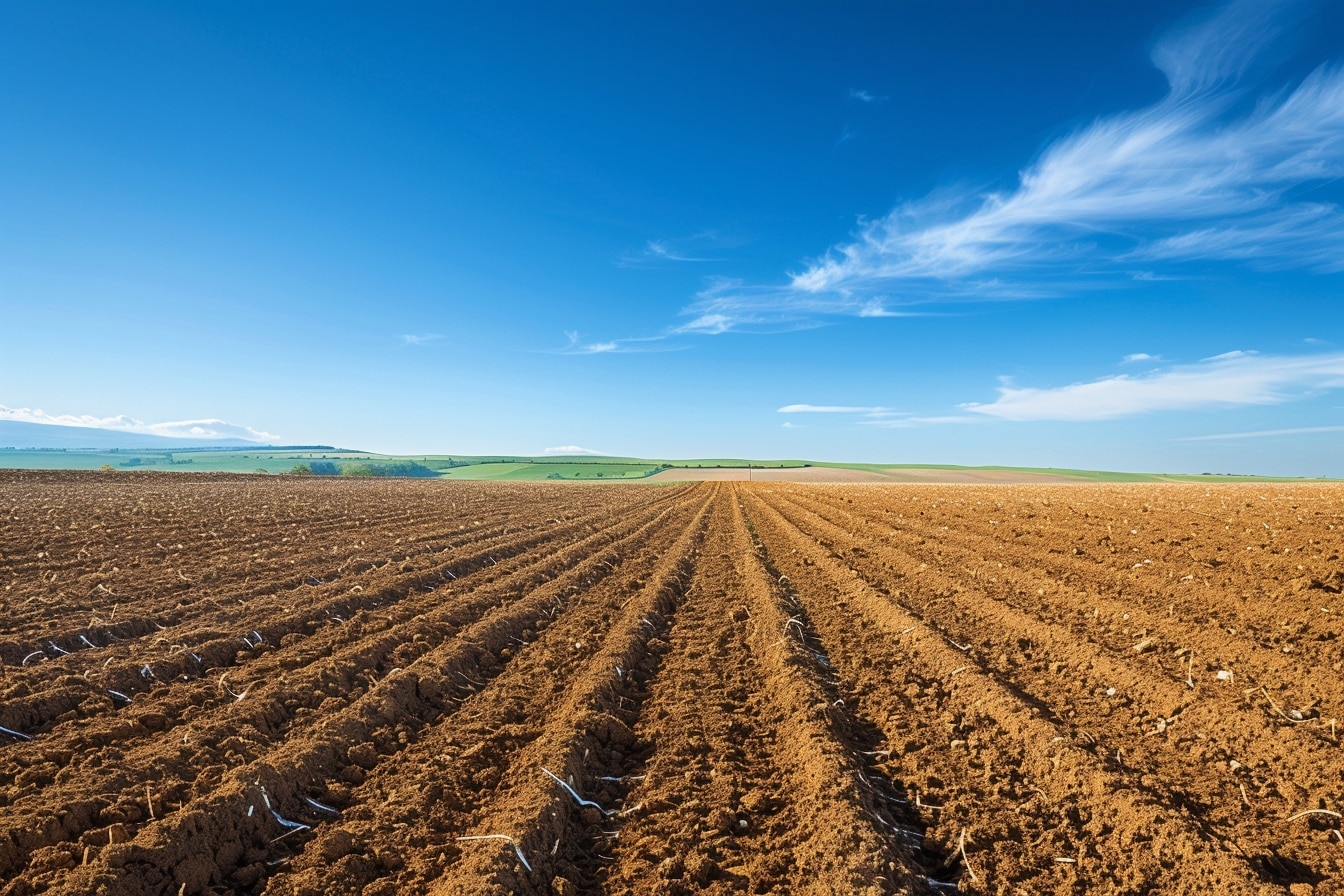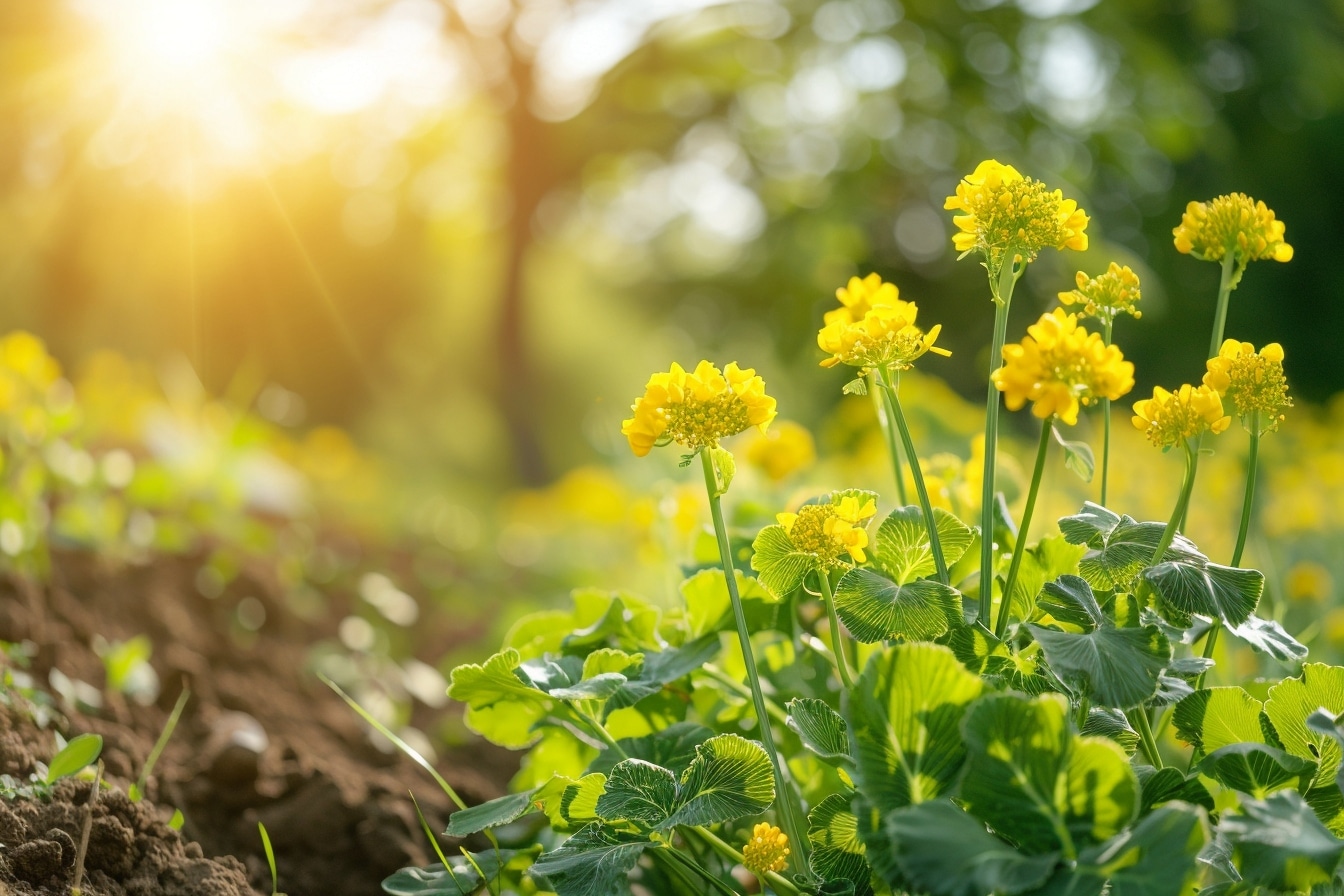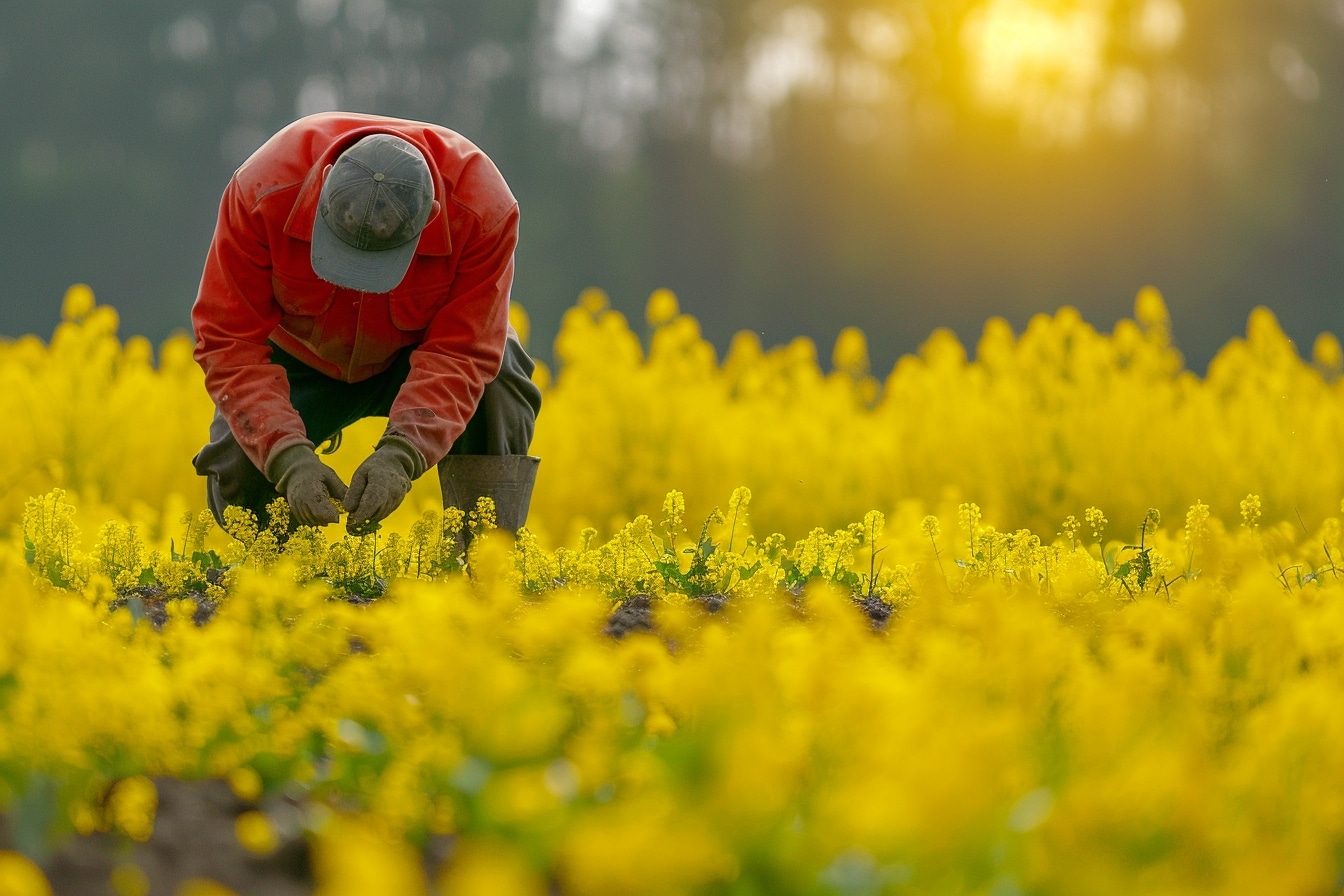Mastering Mustard: Timing Tips and Practical Guidance for Flourishing Crops

Growing mustard, a multifaceted plant, is a pleasant and useful exercise for any self-respecting gardener. From its culinary uses to its agronomic virtues, as green manure for example, mustard is a crop that has many advantages. Let’s discuss together the essential aspects you need to know to successfully grow mustard, from the sowing period to tips for an abundant harvest.
Choosing the ideal time for sowing
The success of mustard cultivation depends greatly on the period at which sowing is carried out. This annual plant, fond of temperate climates, is sown mainly at two times of the year.
Spring sowing
Mustard can be sown from the first days of spring, as soon as the risk of frost has passed. This allows for an early harvest. Seeds require a soil temperature of at least 7 to 10 degrees Celsius to germinate optimally. Soil well warmed by the first rays of spring sunshine will provide a favorable environment for seed germination.
Autumn sowing
Beyond its spring planting time, mustard is also an excellent fall crop choice. It is generally sown from the end of summer until the start of autumn. This timing allows you to take advantage of its green manure properties, because it has time to grow before the first cold weather, and dies naturally with winter frosts, thus leaving rich and loosened soil for the future crop.
Soil preparation

Before sowing mustard, soil preparation work is necessary. This must be loosened, cleared of weeds and any residue from the previous crop. Loose soil will promote better root establishment and more uniform growth of the mustard. An addition of compost or well-decomposed manure will be beneficial to enrich the soil with nutrients.
Sowing techniques
Online or broadcast seeding?
Two sowing methods are frequently used for mustard: row sowing and broadcast sowing.
- Row sowing consists of placing the seeds in furrows spaced approximately 15 to 25 cm apart. This technique facilitates maintenance and harvesting, since the rows are well defined.
- Broadcast seeding is often preferred when mustard is used as a green manure. The seeds are dispersed more freely over the entire surface of the plot to be sown.
In both cases, it is recommended not to sow too densely, to allow sufficient development of each plant.
Sowing depth
A seed depth of around 1 to 2 cm is ideal. Sowing too deeply will delay the development of the plant, while sowing on the surface could expose the seeds to birds or rapid drying.
Watering and maintenance

Once sown, mustard seeds require regular watering, especially during the first few weeks, to keep the soil slightly moist for good germination. However, care must be taken not to drown the young shoots, as this could lead to rot.
Hoeing and weeding
Hoeing is the practice of aerating the soil around plants, thus promoting better aeration of the roots and reducing competition for nutrients and water. As for weeding, it is essential to prevent competition between mustard plants and weeds.
Protection against pests
Although robust, mustard is not free from predators such as slugs, snails or certain insects. To protect your seedlings, natural control methods such as mulching or the use of physical barriers can be effective. Crop rotation is also a recognized strategy for minimizing disease risks.
Harvest and use
Once the mustard crop is well established, the harvest can be spread over several weeks. Young mustard leaves can be picked for use in the kitchen, while the seeds, mature at the end of the cycle, will be harvested for the production of condiments or for new sowing.
As green manure
When mustard is used as green manure, it is allowed to develop until the first frosts, before incorporating it into the soil. It will then decompose during the winter and enrich the soil with organic matter, improving its structure and fertility for subsequent crops.
Additional Tips for a Thriving Grow

Crop rotation
Practicing crop rotation with mustard benefits the soil and prevents the accumulation of pathogens. Avoid growing mustard on the same plot more than once every three or four years.
Choosing the Right Variety of Mustard
Take the time to choose a variety of mustard adapted to your soil, your climate, and the use you wish to make of it, whether for consumption or use as green manure.
Observation and adaptation
Ultimately, each garden is unique. Carefully observing your crop will allow you to adapt to the specific needs of your plants and react in a timely manner to possible problems.
Growing mustard isn’t just about flavor and condiment; it is an agronomic and ecological issue that can transform and enrich the soil in your garden. With these tips in mind, you are now better equipped to sow and care for mustard, promoting generous production and healthier soil. Let yourself be seduced by this ancient but still relevant culture and watch your garden flourish under your loving attention.
Comments
Leave a comment